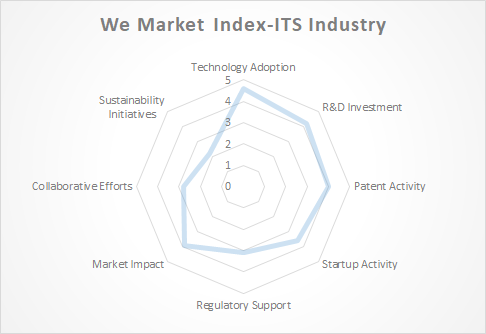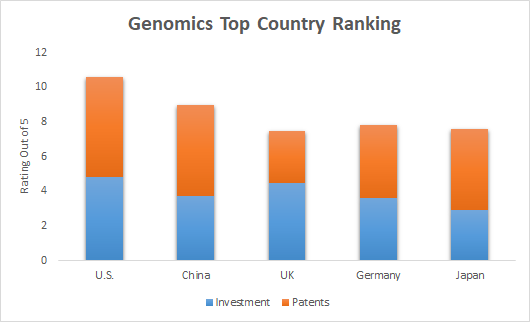The Evolution of Home Automation: A Look into the Future of Smart Living
Introduction
The home automation industry has
come a long way since its inception, transforming the way we interact with our
living spaces. What once seemed like science fiction is now a reality, thanks
to advancements in technology. This blog post explores the home automation
industry, its growth, and the exciting possibilities it holds for the future of
smart living.
The Past: A Glimpse into Home Automation's Origins
Home automation traces its roots
back to the 20th century when simple devices like the remote control and
programmable thermostats were introduced. These early innovations paved the way
for what we now call the Internet of Things (IoT) and smart homes.
The Present: The State of the Home Automation Industry
Today, the home automation
industry is thriving, driven by several key factors:
Consumer Demand: Homeowners are
increasingly looking for ways to make their lives more convenient,
energy-efficient, and secure. Smart devices and systems offer solutions to meet
these needs.
Technological Advancements: The
rapid development of technologies such as artificial intelligence (AI), voice
recognition, and sensors has made it easier than ever to create interconnected,
smart home ecosystems.
Affordability: As demand has
grown, the cost of smart devices has come down, making them more accessible to
a broader range of consumers.
Integration: Leading tech
companies and startups are working to create seamless integration among various
devices and platforms, enhancing the user experience.
Case Study:
Smart Home Transformation - The
Smith Family's Journey
Introduction:
The Smith family, a typical
suburban household, embarked on a journey to transform their home into a smart,
connected space. This case study examines their experience with home
automation, focusing on the challenges they faced, the solutions they adopted,
and the benefits they reaped.
Challenges:
Integration Complexity: The
Smiths had multiple smart devices from different manufacturers. They found it
challenging to integrate them into a seamless ecosystem where they could
control everything from a single interface.
Security Concerns: With the
increase in connected devices, security became a top concern. They worried
about potential vulnerabilities in their network and the privacy of their data.
Cost Considerations: Upgrading to
a smart home can be expensive. The Smiths needed to balance their budget with
their desire for a comprehensive automation system.
Solutions:
Centralized Hub: To address
integration issues, the Smiths invested in a centralized hub that supported
various communication protocols, enabling them to connect devices from
different manufacturers. They opted for a popular platform that offered wide
compatibility.
Network Security: To enhance
security, they implemented strong, unique passwords for each device and their
Wi-Fi network. They also regularly updated firmware and monitored network
traffic using security software.
Budget Planning: The Smiths
created a budget plan to phase their smart home upgrades. They started with
essential devices like smart locks and thermostats, gradually expanding to
lighting, entertainment, and more as their budget allowed.
Benefits:
Convenience: With a centralized
control hub and voice-activated assistants, the Smiths could easily manage
their home's lighting, climate, and security. They no longer worried about
forgetting to lock doors or turn off lights.
Energy Efficiency: Smart
thermostats and lighting controls allowed the family to reduce energy
consumption. They could schedule heating and cooling systems and dim lights
when not needed, resulting in lower utility bills.
Enhanced Security: The Smiths'
smart security system provided real-time alerts and remote monitoring. This
added peace of mind when they were away from home.
Personalization: Home automation
allowed the family to create personalized routines. Lights could mimic sunrise
in the morning, and the coffee maker could start brewing before they woke up.
Future Expansion:
The Smiths plan to continue
expanding their smart home system. They are considering adding solar panels for
sustainable energy, integrating smart appliances, and exploring advanced
AI-driven automation for even greater convenience.
Conclusion:
The Smith family's journey into
home automation demonstrates the transformative power of smart technologies.
While they faced challenges related to integration, security, and cost, they
were able to overcome them with the right solutions. The benefits they've
experienced in terms of convenience, energy efficiency, security, and
personalization have made their investment worthwhile. As technology continues
to advance, the future of their smart home looks promising, offering even more
opportunities for improvement and innovation.
Current Home Automation Features and Devices
Today's home automation ecosystem
includes a wide range of devices and features, including:
Smart Lighting: Control your
lighting remotely, set schedules, and even change colors to suit your mood.
Smart Thermostats: Optimize
energy usage by regulating your home's temperature remotely and learning your
preferences over time.
Voice Assistants: Devices like
Amazon Echo and Google Home allow you to control your smart home with voice
commands.
Security Systems: Smart cameras,
doorbells, and locks offer advanced security features, including real-time
monitoring and alerts.
Entertainment: Smart TVs,
streaming devices, and audio systems can be integrated for a seamless
entertainment experience.
Appliance Control: Some
appliances, like refrigerators and ovens, can now be controlled remotely,
helping with meal planning and grocery shopping.
The Future: What Lies Ahead for Home Automation
The home automation industry
shows no signs of slowing down. Here are some trends and possibilities for the
future:
Artificial Intelligence: AI will
continue to play a significant role, enabling predictive and adaptive
automation. Your home will anticipate your needs and adjust accordingly.
Energy Efficiency: Smart homes
will become even more eco-friendly, with systems that optimize energy
consumption based on real-time data.
Health and Wellness: Home
automation will incorporate more health-monitoring devices and features,
promoting well-being.
Augmented Reality: AR could
revolutionize how we interact with our homes, allowing us to visualize changes
before making them.
Sustainability: Integration of
renewable energy sources and eco-conscious features will become more prevalent.
Interconnectivity: The industry
will focus on ensuring that all devices can communicate seamlessly, regardless
of brand or type.
Conclusion
The home automation industry has evolved from a
concept in science fiction to a thriving reality. With ongoing technological
advancements and increasing consumer demand, the future of home automation
promises to be even more exciting. As our homes become smarter, we can expect
more convenience, energy efficiency, security, and personalization in our daily
lives. The journey towards the ultimate smart home is just beginning, and the
possibilities are limitless.




